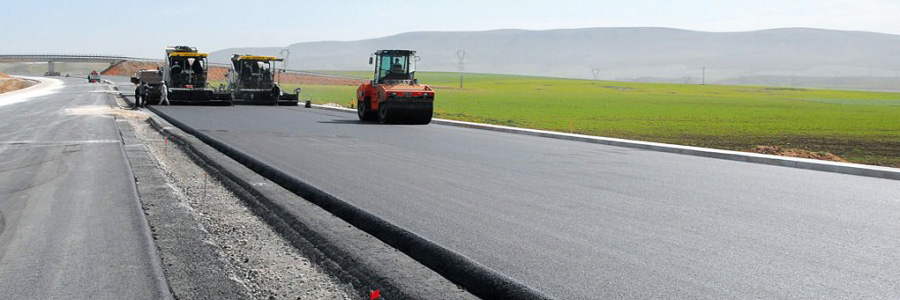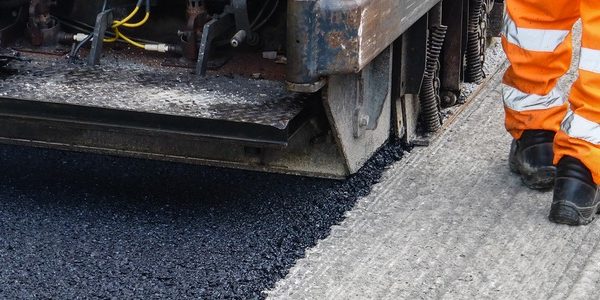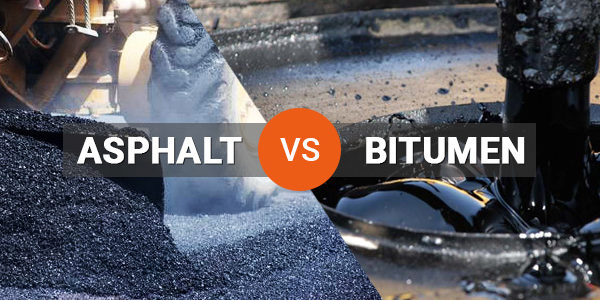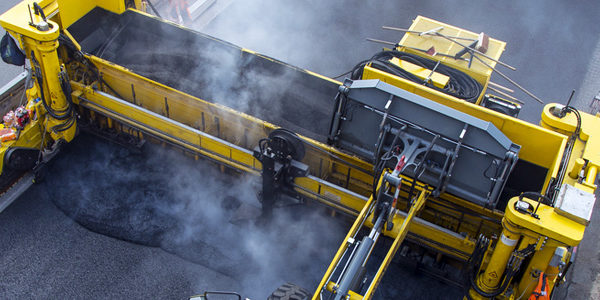

Why and How Asphalt is Used for Road Construction?
There are many reasons why Asphalt Pavement has become the preferred choice of Road Pavement material. Most roads are constructed in layers, with each layer playing a part in delivering the best infrastructure possible.
The first person in the paving team, however, is the truck driver who fills the asphalt into the paver’s hopper. Two mutually independent conveyors transport the material through the machine to the rear, where it is uniformly distributed between paver and screed by two individually controlled rotating screw conveyors. When paving a standard mix, the temperature should always remain above 110 °C in order to ensure sufficient time for compaction.
Supply of Hot Mix and Job Site Logistics
The hot mix should be covered when delivered by charging trucks to ensure that the paving operation is carried out in the most suitable time frame. To guarantee continuous paving, the capacity of the asphalt mixing plant always needs to be higher than the paver’s laydown capacity. If the paver stops moving due to lack of material, disruptive lateral joints occur as a result of the paved layer cooling down. When paving standard mix, the paving temperature should be higher than 110°C to allow an as large time frame as possible for compaction.
Paving with the Road Paver
Compaction effected by the high-density screed enables the rollers which follow behind the paver to achieve the overall final density specified by the client in fewer roller passes. In most cases, the road paver is geared for either high density or fast advance speed, both of which have an effect on the number of roller passes required.
Optimum Final Compaction
Compaction effected by the high-density screed enables the rollers which follow behind the paver to achieve the overall final density specified by the client in fewer roller passes. In most cases, the road paver is geared for either high density or fast advance speed, both of which have an effect on the number of roller passes required.









